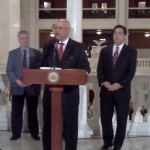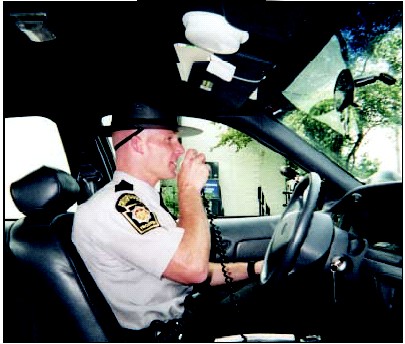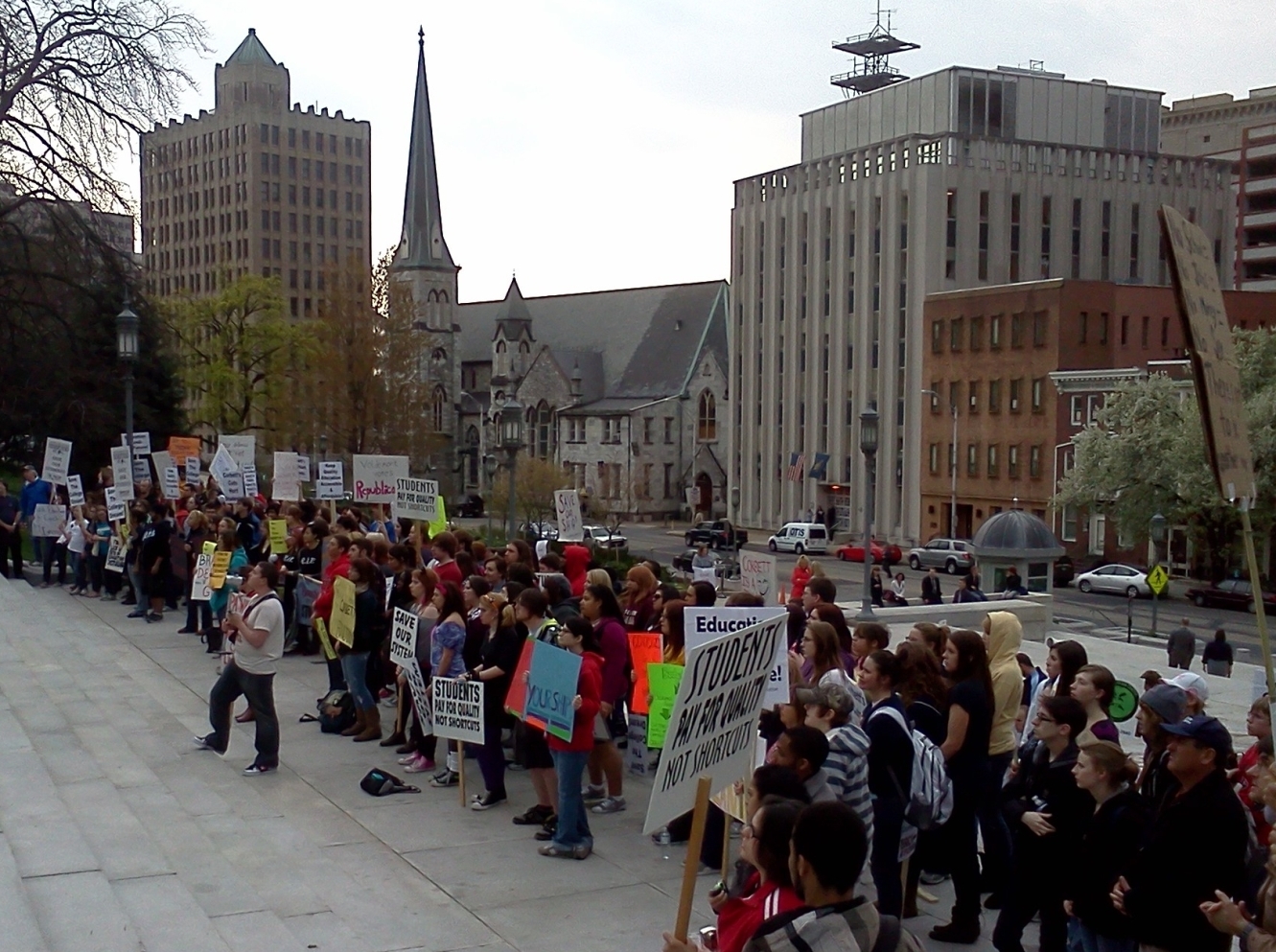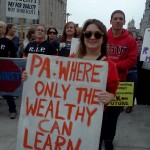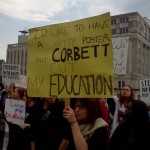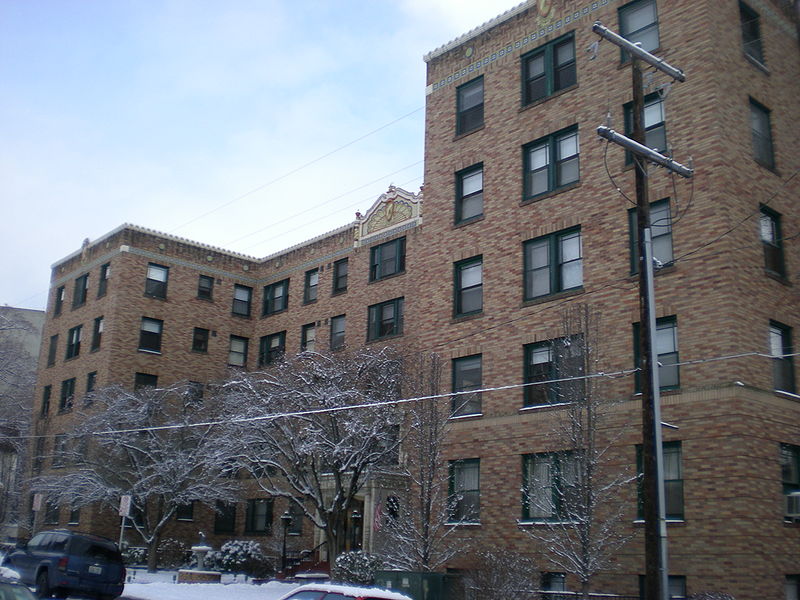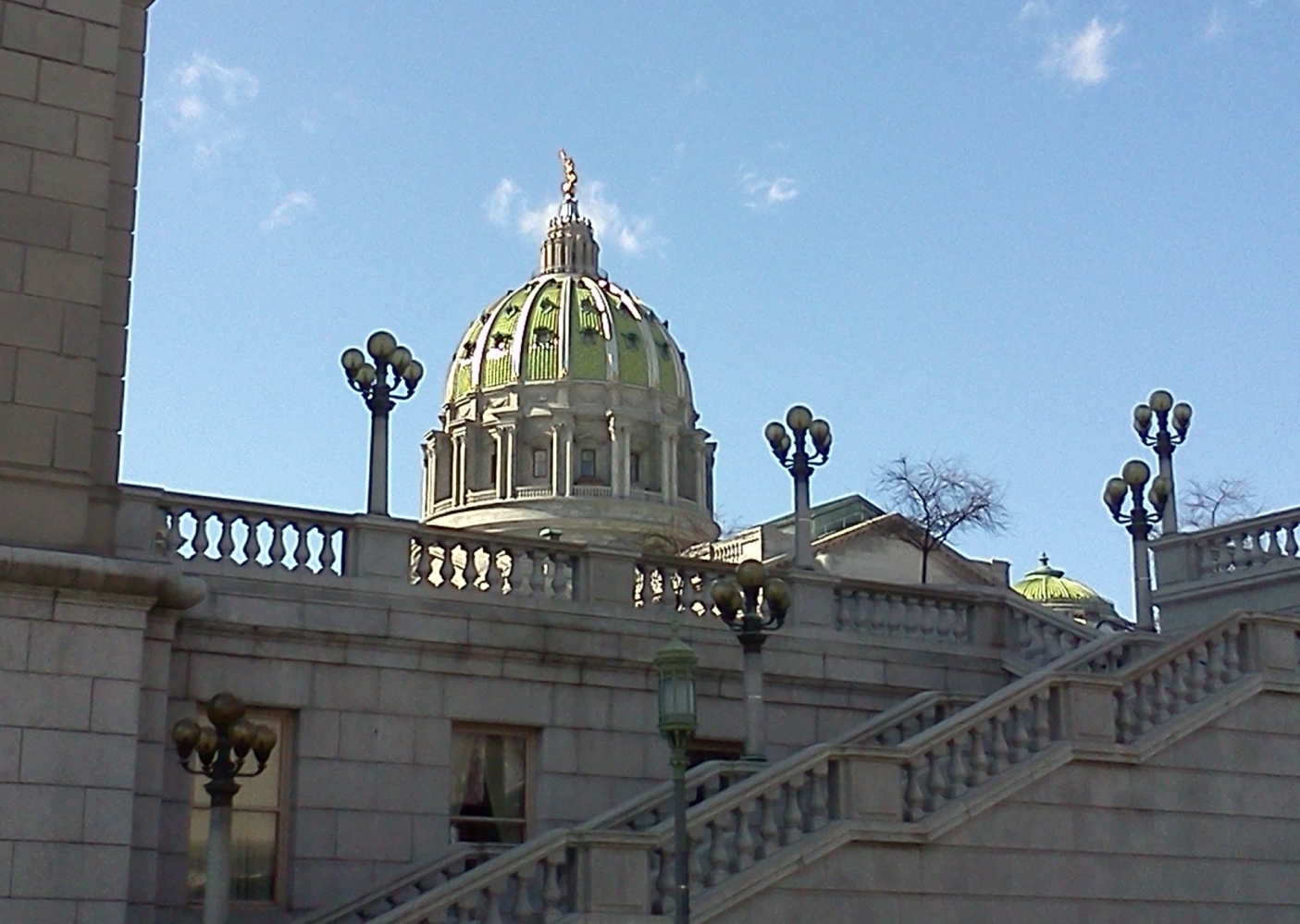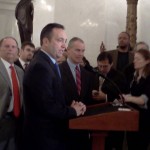Budget Bill Clears Committee, Awaits Senate Vote
The $27.65-billion dollar state spending plan cleared the Appropriations Committee with a unanimous vote late Tuesday morning. It would spend about a half-billion dollars more next year that what Governor Tom Corbett proposed in February.
Senate Appropriations Chairman Jake Corman (R-Center) cites a recent Independent Fiscal Office report in telling the committee that the budget bill reflects the revenues of today.
“This has restorations to basic education, particularly in the area of early childhood education, with Pre-K Counts and Head Start restorations,” Corman explained. “This also sees significant restorations to higher education, back to level funding from last year.”
He says that the state-owned and state-related universities have agreed to hold tuition hikes at or below the rate of inflation if their funding is restored.
Senate Democrats want to see even more of the proposed cuts restored, but backed the bill to move the process forward. “Now that the dollars have come in we have a document in front of us that better represents the dollars that are available,” says minority Appropriations Chair Vincent Hughes (D-Philadelphia).
The Corbett administration is encouraged by the recent trend in state revenue reports, but isn’t ready to commit to spending more money until they see exactly how much revenue will be available. “We think it will be a little better than what our original projections were,” Corbett spokesman Kevin Harley told us by telephone. “We’re hopeful that will continue to be the case in May and June.”
The Senate budget bill is likely to be the document from which high-level budget negotiations can begin in earnest.







